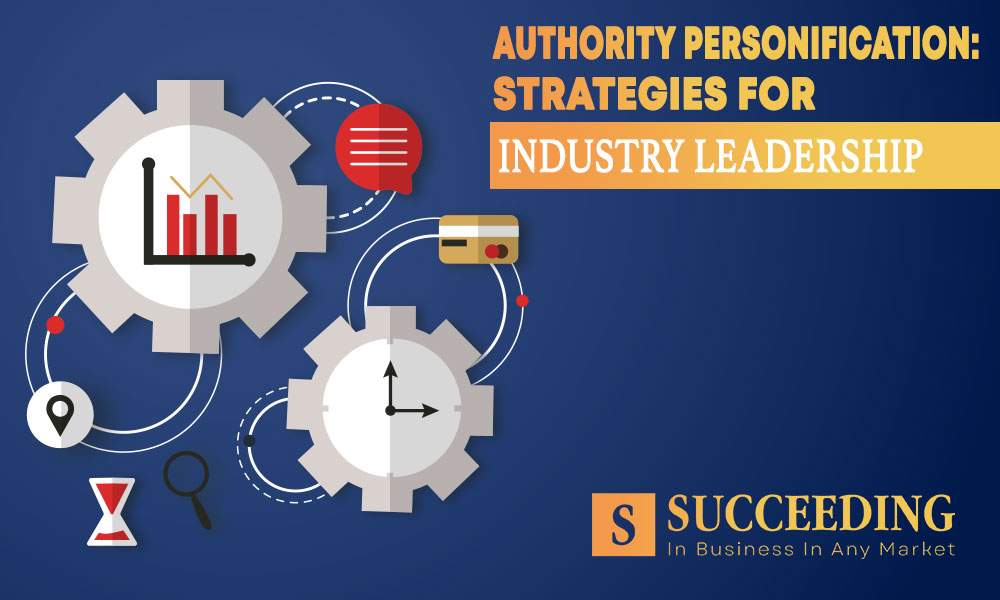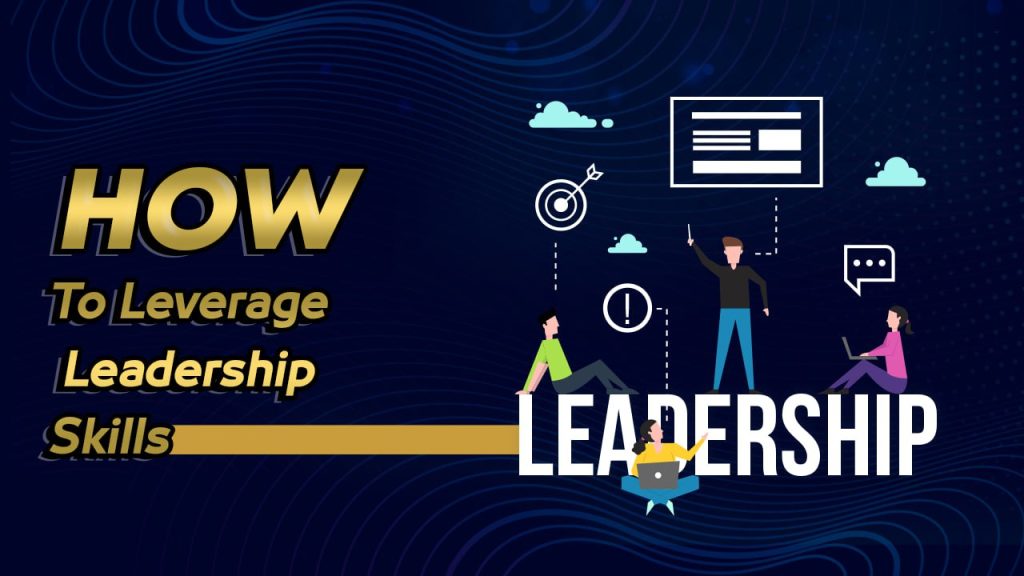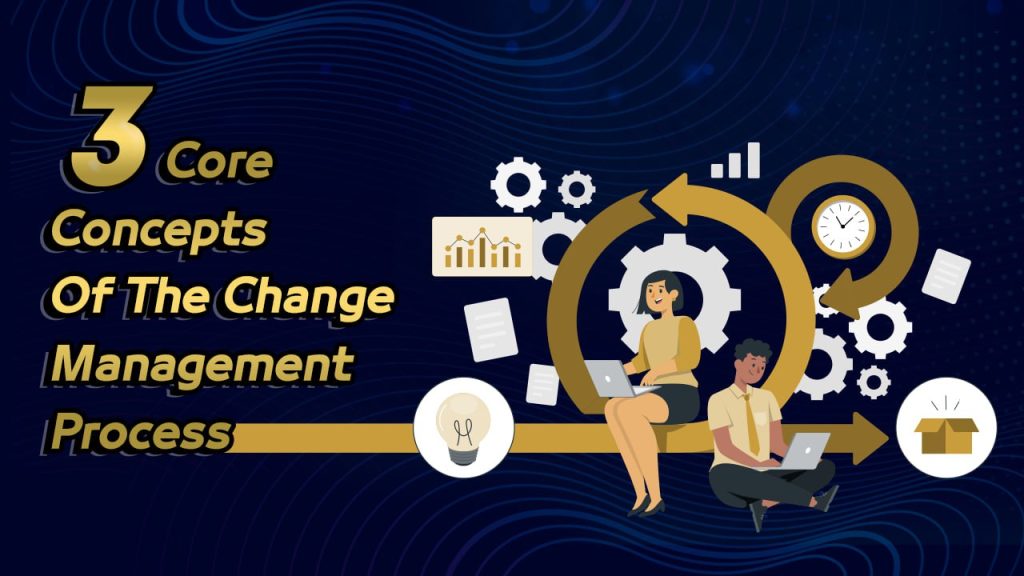In the dynamic and ever-evolving landscape of industry leadership, a transformative shift is taking place. No longer confined to corporate identity, today’s leaders are embracing a more personal approach—personifying authority. This article explores the strategies involved in “Authority Personification in Industry Leadership,” delving into the profound impact of leaders becoming the face and voice of their brands or industries.

The Shift to Personified Authority
Traditionally, industry leadership was characterized by a collective corporate identity. However, a contemporary trend is gaining prominence—one where leaders transcend their traditional roles to personify authority. In this era, leaders step into the forefront, embodying the values, vision, and expertise of their brands or industries. The impact of personal branding has become a driving force in establishing a distinctive and influential presence in today’s highly competitive business landscape.
This shift represents a departure from the conventional perception of faceless corporations. Leaders are recognizing the need to connect with audiences on a personal level, fostering a sense of trust, relatability, and authenticity.
Defining Authority Personification
Authority personification goes beyond a mere job title or corporate role. It involves leaders becoming the embodiment of the industry itself. This means showcasing not only a deep understanding of industry trends and challenges but also serving as a guiding force and representative of the industry’s ethos.
The concept of authority personification is most effective when leaders seamlessly align themselves with the essence of their fields, reflecting the values, principles, and aspirations of the industry they represent. Notable figures across various industries exemplify this trend, successfully aligning themselves with the spirit and identity of their fields.
Strategies for Authority Personification
1. Personal Branding:
The cornerstone of authority personification lies in effective personal branding. Leaders need to develop a distinct voice, maintain consistent messaging, and create a compelling narrative that resonates with both the industry and their target audience. Authenticity is paramount, as it forms the foundation of a powerful personal brand.
2. Thought Leadership:
Thought leadership is a key component of authority personification. Leaders must position themselves as industry thought leaders by sharing unique insights, staying ahead of trends, and providing foresight. This not only establishes them as authorities in their field but also contributes to the growth of the industry as a whole.
3. Community Engagement:
Actively engaging with the industry community is essential for effective authority personification. Leaders should participate in events, forums, and social media discussions to build a strong connection. Being accessible and responsive fosters trust and credibility, further solidifying their position as industry figures.
4. Mentorship and Knowledge Sharing:
Mentorship is a powerful tool for authority personification. By sharing knowledge, providing guidance, and fostering the development of others, leaders not only enhance their own reputations but also contribute to the overall growth and advancement of the industry.
Leveraging Digital Platforms for Personified Authority
In today’s digital age, leaders have powerful tools at their disposal to enhance authority personification:
– Social Media Presence:
Utilizing platforms like LinkedIn, Twitter, and Instagram allows leaders to share insights, engage with the audience, and build a personal brand with a global reach.
– Podcasts and Webinars:
Hosting or participating in podcasts and webinars provides leaders with a platform to showcase their expertise and connect with a broader audience. These mediums allow for in-depth discussions, expanding their influence beyond traditional boundaries.
– Blogs and Articles:
Regularly contributing to industry-related blogs and publications establishes authority and thought leadership. Through well-crafted articles, leaders can share their perspectives, insights, and analyses, further solidifying their presence in the industry.
Overcoming Challenges in Authority Personification
While authority personification is a powerful strategy, it is not without its challenges:
– Authenticity Concerns:
Maintaining authenticity is crucial. Leaders should stay true to their values, be transparent in their actions, and consistently communicate with authenticity. Any perceived lack of genuineness can erode trust and credibility.
– Balancing Personal and Professional Personas:
Striking a balance between personal and professional personas requires careful curation. Leaders should align personal values with professional goals to maintain authenticity. This involves thoughtful consideration of how personal elements contribute to the overall industry narrative.
– Managing Public Perception:
Leaders must be mindful of how they are perceived by the public. Addressing controversies promptly, maintaining a positive image, and effectively managing public relations are essential components of successful authority personification.

Conclusion:
In conclusion, personifying authority in industry leadership is a strategic move that involves a combination of personal branding, thought leadership, community engagement, and leveraging digital platforms. Leaders who successfully personify authority not only enhance their personal brand but also contribute significantly to the growth and reputation of their industries.
FAQs
1. Is authority personification limited to individuals, or can it apply to companies as well?
Authority personification primarily focuses on individuals, typically leaders or key figures within a company. However, companies can also benefit from aligning their leadership with the brand and values.
2. How can leaders maintain authenticity while personifying authority?
Authenticity is crucial. Leaders should stay true to their values, be transparent in their actions, and consistently communicate with authenticity. Authenticity builds trust and credibility.
3. What role does mentorship play in authority personification?
Mentorship is a powerful tool for authority personification. Sharing knowledge and guiding others not only enhances the leader’s reputation but also contributes to the overall growth of the industry.
4. Can authority personification be achieved without a strong digital presence?
While a strong digital presence can significantly enhance authority personification, it’s not the only factor. Leaders can personify authority through in-person events, industry conferences, and traditional media as well.
5. How can leaders balance personal and professional personas in authority personification?
Balancing personal and professional personas requires a thoughtful approach. Leaders should align personal values with professional goals and carefully curate their public image to maintain a cohesive and authentic presence.




